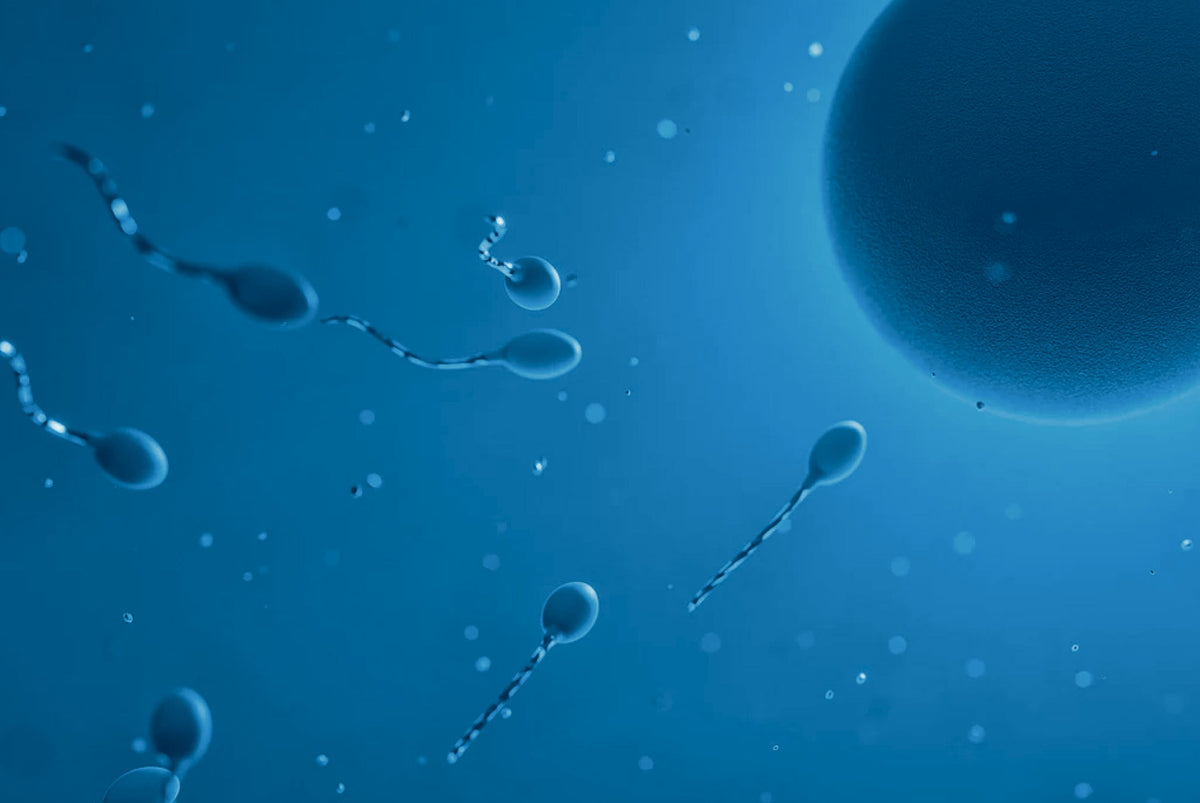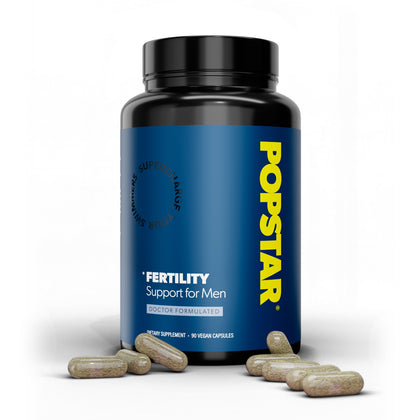

Sperm motility is a crucial factor in male fertility, playing a fundamental role in fertilization. While many factors influence fertility, the ability of sperm to move efficiently is essential for successfully reaching and penetrating the egg. In this article, we delve into the significance of sperm motility, its measurement, factors affecting it, and strategies to enhance it.
What is Sperm Motility?
Sperm motility refers to the movement and swimming ability of sperm cells. It is categorized into two types: progressive motility and non-progressive motility. Progressive motility involves forward movement, where sperm swim in a straight line or large circles. In contrast, non-progressive motility includes all other patterns of movement, such as twitching or vibrating in place.
Why is Sperm Motility Important?
Sperm motility is vital for fertilization as it enables sperm to navigate the female reproductive tract to reach the egg. Once released into the female reproductive system, sperm must travel through the cervix, uterus, and fallopian tubes to encounter the egg. Only motile sperm can penetrate the egg's outer layer, the zona pellucida, and fuse with the egg to initiate fertilization. Therefore, optimal sperm motility is essential for natural conception.
Measuring Sperm Motility
Sperm motility is typically assessed through a semen analysis, also known as a sperm count test. During this test, a sample of semen is collected and examined under a microscope to evaluate various parameters, including sperm count, morphology (shape), and motility. The World Health Organization (WHO) has established criteria for assessing sperm motility, classifying it into different grades based on the percentage of motile sperm and their patterns of movement.

Factors Affecting Sperm Motility
Several factors can influence sperm motility, including:
Lifestyle Factors
Poor lifestyle choices such as smoking, excessive alcohol consumption, drug use, obesity, and a sedentary lifestyle can negatively impact sperm motility.
Environmental Factors
Exposure to environmental toxins, pollutants, and certain chemicals can impair sperm motility.
Medical Conditions
Certain medical conditions such as infections, hormonal imbalances, varicoceles (enlarged veins in the scrotum), and genetic disorders can affect sperm motility.
Temperature
Elevated scrotal temperature, due to factors like tight underwear, hot baths, or prolonged sitting, can reduce sperm motility.
Enhancing Sperm Motility
While some factors affecting sperm motility may be beyond one's control, there are several strategies to enhance sperm motility and overall male fertility:
Maintain a Healthy Lifestyle: Adopting a healthy diet, regular exercise routine, and avoiding harmful habits like smoking and excessive alcohol consumption can improve sperm motility.
Manage Stress: Chronic stress can adversely affect fertility, so practicing stress-reducing techniques such as meditation, yoga, or deep breathing exercises may be beneficial.
Avoid Exposure to Toxins: Minimize exposure to environmental toxins, pollutants, and chemicals known to interfere with sperm motility.
Wear Loose-Fitting Clothing: Opt for loose-fitting underwear and clothing to prevent elevated scrotal temperature, which can negatively impact sperm motility.
Consider Supplements: Certain supplements, such as antioxidants like vitamin C, vitamin E, and coenzyme Q10, have been shown to improve sperm motility and overall sperm health. Popstar Fertility has all of these and more.
Sperm motility plays a critical role in male fertility, influencing the ability of sperm to reach and fertilize the egg. Understanding the factors that affect sperm motility and adopting strategies to enhance it can improve overall reproductive health and increase the chances of conception. By prioritizing a healthy lifestyle, minimizing exposure to harmful substances, and considering supplements when necessary, men can support optimal sperm motility and improve their fertility potential.





